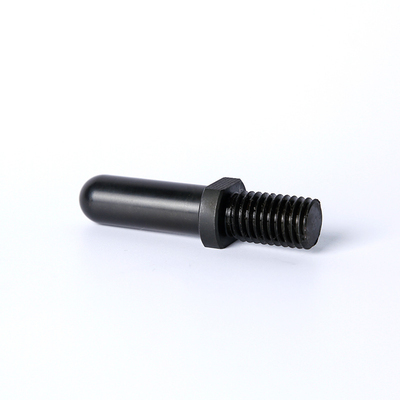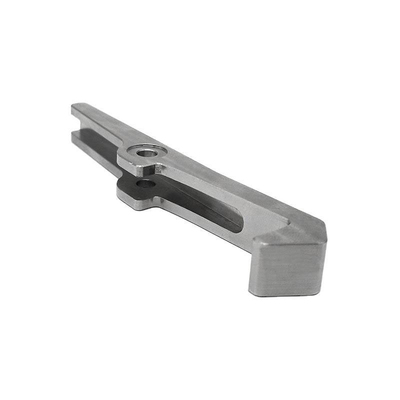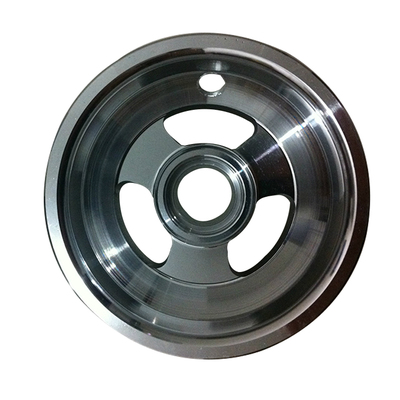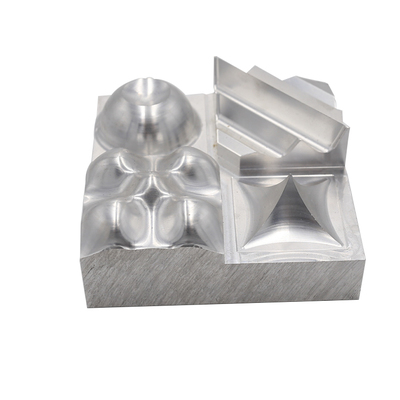A Detailed Analysis of Hard Chrome Plating vs. Decorative Chrome Plating
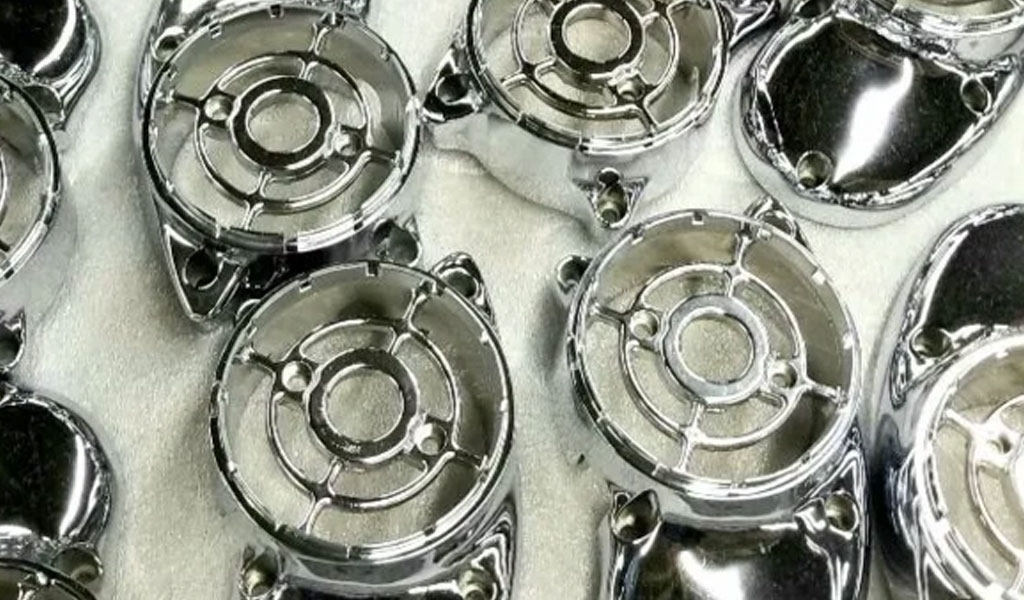
Chrome plating is a widely used surface finishing technique that enhances the appearance and durability of various materials. Two common types of chrome plating are hard chrome plating and decorative chrome plating. While they share the same basic process, their applications, characteristics, and purposes differ significantly. In this article, we will delve into the details of hard chrome plating and decorative chrome plating, highlighting their distinctions and applications.
Hard Chrome Plating:
-
Purpose: Hard chrome plating, also known as industrial chrome plating, is primarily employed for enhancing wear resistance, corrosion resistance, and hardness of surfaces. It is commonly used in industrial applications where durability and functionality are paramount.
-
Thickness: Hard chrome plating typically results in a thicker coating compared to decorative chrome plating. The thickness can range from 0.002 to 0.02 inches, providing a robust and durable layer.
-
Substrates: Hard chrome plating is suitable for various substrates, including steel, aluminum, and other metals. It is often chosen for components subjected to heavy wear and tear, such as hydraulic rods, pistons, and industrial machinery.
-
Appearance: The appearance of hard chrome plating is generally less aesthetically pleasing compared to decorative chrome. It tends to have a matte or satin finish, focusing more on functionality than visual appeal.
-
Process: The hard chrome plating process involves applying a layer of chromium to the substrate through an electroplating process. This results in a hard and durable surface that can withstand harsh conditions.
Decorative Chrome Plating:
-
Purpose: Decorative chrome plating is primarily utilized for enhancing the aesthetic appeal of surfaces. It is commonly found in automotive parts, household fixtures, and various consumer goods where a shiny and attractive finish is desired.
-
Thickness: Decorative chrome plating results in a thinner coating compared to hard chrome plating. The thickness typically ranges from 0.0002 to 0.002 inches, providing a glossy and visually appealing layer.
-
Substrates: Decorative chrome plating is often applied to materials such as brass, zinc, and plastic, in addition to metals like steel and aluminum. This versatility makes it suitable for a wide range of consumer products.
-
Appearance: The standout feature of decorative chrome plating is its highly reflective and shiny appearance. The finish is often mirror-like, contributing to the overall aesthetics of the coated item.
-
Process: The process for decorative chrome plating is similar to hard chrome plating, involving an electroplating process. However, the emphasis is on achieving a smooth and shiny surface rather than on functional properties.
Conclusion: In summary, while both hard chrome plating and decorative chrome plating involve the electroplating of chromium onto substrates, their purposes and characteristics differ significantly. Hard chrome plating is geared towards durability and functionality, with a thicker coating and matte finish, while decorative chrome plating focuses on aesthetics, providing a thinner, glossy finish. Understanding these distinctions is crucial for choosing the appropriate chrome plating method based on the intended application and desired outcome.
Reprint Statement: If there are no special instructions, all articles on this site are original. Please indicate the source for reprinting:https://www.cncmachiningptj.com/,thanks!
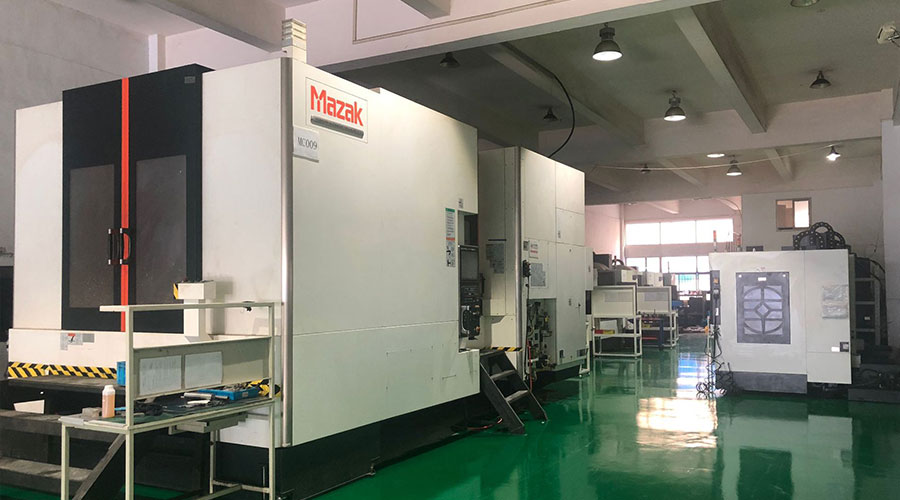 3, 4 and 5-axis precision CNC machining services for aluminum machining, beryllium, carbon steel, magnesium, titanium machining, Inconel, platinum, superalloy, acetal, polycarbonate, fiberglass, graphite and wood. Capable of machining parts up to 98 in. turning dia. and +/-0.001 in. straightness tolerance. Processes include milling, turning, drilling, boring, threading, tapping, forming, knurling, counterboring, countersinking, reaming and laser cutting. Secondary services such as assembly, centerless grinding, heat treating, plating and welding. Prototype and low to high volume production offered with maximum 50,000 units. Suitable for fluid power, pneumatics, hydraulics and valve applications. Serves the aerospace, aircraft, military, medical and defense industries.PTJ will strategize with you to provide the most cost-effective services to help you reach your target,Welcome to Contact us ( sales@pintejin.com ) directly for your new project.
3, 4 and 5-axis precision CNC machining services for aluminum machining, beryllium, carbon steel, magnesium, titanium machining, Inconel, platinum, superalloy, acetal, polycarbonate, fiberglass, graphite and wood. Capable of machining parts up to 98 in. turning dia. and +/-0.001 in. straightness tolerance. Processes include milling, turning, drilling, boring, threading, tapping, forming, knurling, counterboring, countersinking, reaming and laser cutting. Secondary services such as assembly, centerless grinding, heat treating, plating and welding. Prototype and low to high volume production offered with maximum 50,000 units. Suitable for fluid power, pneumatics, hydraulics and valve applications. Serves the aerospace, aircraft, military, medical and defense industries.PTJ will strategize with you to provide the most cost-effective services to help you reach your target,Welcome to Contact us ( sales@pintejin.com ) directly for your new project.
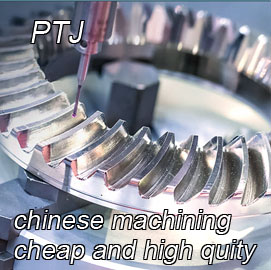
- 5 Axis Machining
- Cnc Milling
- Cnc Turning
- Machining Industries
- Machining Process
- Surface Treatment
- Metal Machining
- Plastic Machining
- Powder Metallurgy Mold
- Die Casting
- Parts Gallery
- Auto Metal Parts
- Machinery Parts
- LED Heatsink
- Building Parts
- Mobile Parts
- Medical Parts
- Electronic Parts
- Tailored Machining
- Bicycle Parts
- Aluminum Machining
- Titanium Machining
- Stainless Steel Machining
- Copper Machining
- Brass Machining
- Super Alloy Machining
- Peek Machining
- UHMW Machining
- Unilate Machining
- PA6 Machining
- PPS Machining
- Teflon Machining
- Inconel Machining
- Tool Steel Machining
- More Material

